
Volvo S90 Saloon (2016-2023) running costs and reliability
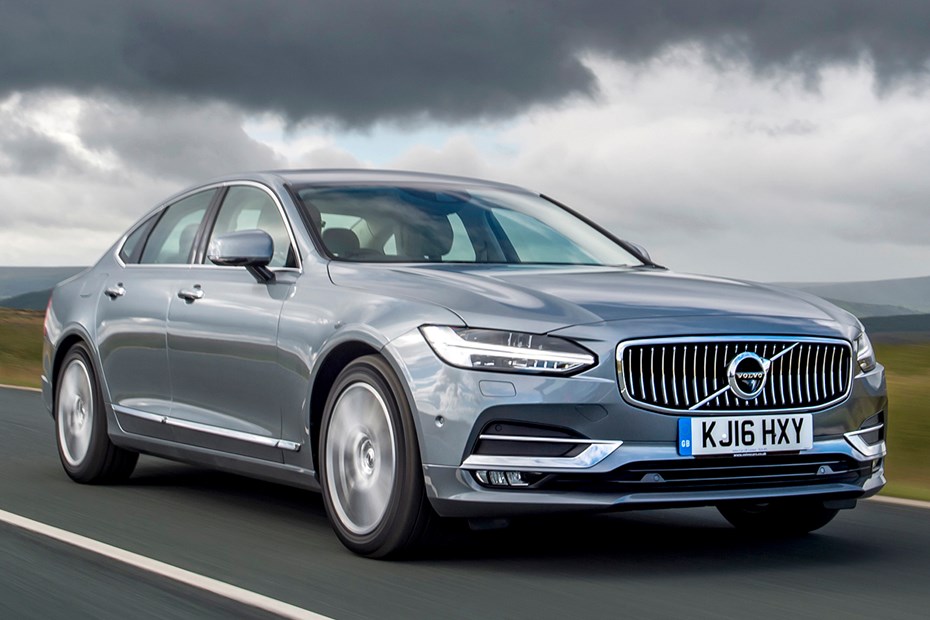
Miles per pound (mpp) ⓘ
| Petrol engines | 4.9 - 5.5 mpp |
|---|---|
| Diesel engines | 5.0 - 6.4 mpp |
| Plug-in hybrid petrol engines * | 5.9 mpp |
Fuel economy ⓘ
| Petrol engines | 33.2 - 37.7 mpg |
|---|---|
| Diesel engines | 39.2 - 50.4 mpg |
| Plug-in hybrid petrol engines * | 40.3 mpg |
- Two diesels to choose from and one hybrid
- All three offer decent fuel economy
- Servicing likely to be pricey
Considering the S90’s heft, running costs are reasonable thanks to the efficient and low-capacity diesel engines under the bonnet. The D4 is claimed to return 64.2mpg, while the D5 should return up to 58.9mpg. While this is unlikely in everyday driving, over 300 miles we managed around 40mpg in the D5 – and that was a mix of motorway, B-road and urban driving.
The petrol T4 engine claims to reach 42.2mpg while the T8 Hybrid claims to achieve 141.2mpg. The usual suite of fuel-saving technology is available including stop-start, while there’s a coasting function when you put the car in Eco mode – it’ll glide downhill without any engine braking slowing you down. It’s a very effective and unobtrusive system that works above 40mph.
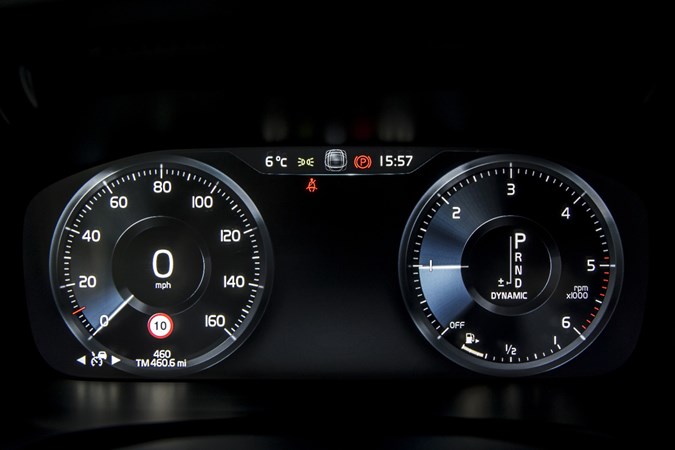
Don’t forget that Volvo’s a premium brand and as such servicing costs are likely to be more expensive than if you choose a more mainstream saloon of this size. The S90’s engine line-up is a very clean one. While the D4 is the most efficient, emitting 116g/km of CO2, even the more powerful D5 isn’t too polluting, producing 127g/km of CO2.
The plug-in hybrid T8 proves to be the cleanest with CO2 emissions of 46g/km but the entry-level T4 petrol engine isn’t necessarily that cheap to run. Emitting 153g/km of CO2, this still commands £500 for the first year of road tax while only certain models come with a marginally lower list price from new.
Despite the lower fuel rates for petrol, it may take a while to offset this cost for a low-mileage user. Eco-friendly features such as a coasting function means the S90 doesn’t waste any unnecessary energy, either.
Reliability
While Volvo has a decent reputation for solid build quality and reliable cars, the S90 has been subject to three recalls so far. These were issued in 2016 and 2017 applying to the safety equipment in cars. These ranged from the seatbelt separating from the buckle to the airbags failing to deploy.
These shouldn’t a concern when buying new but make sure Volvo fixed the issue in the history of one should you buy used. Otherwise everything inside the S90 feels well-built enough to last.
While the S90’s engines are relatively new, Volvo has decades of experience with both turbocharging and all-wheel drive systems, so expect few issues in that regard.
Ongoing running costs
| Road tax | £35 - £620 |
|---|---|
| Insurance group | 27 - 44 |
Get an insurance quote with

|
|



.jpg)
.jpg)
.jpg)
.jpg)
.jpg)
.jpg)
.jpg)
.jpg)
.jpg)
.jpg)
.jpg)
.jpg)
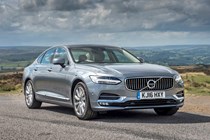
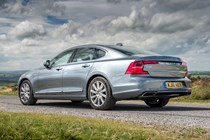
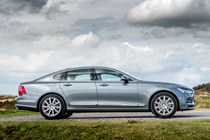
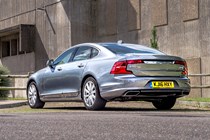
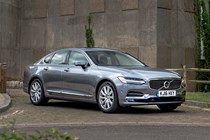
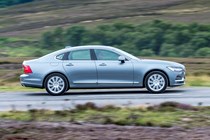

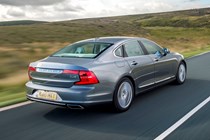
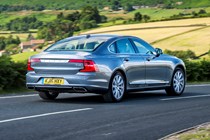

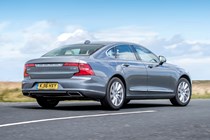
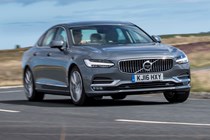
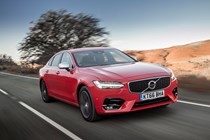
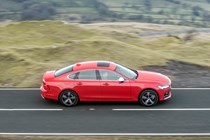
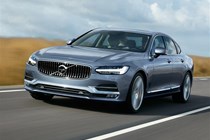

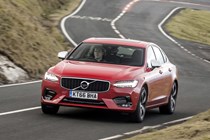

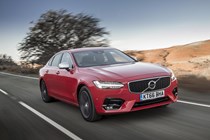
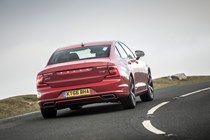
.jpg)
.jpg)
.jpg)
.jpg)
.jpg)
.jpg)
.jpg)
.jpg)
.jpg)
.jpg)
.jpg)
.jpg)
.jpg)
.jpg)
.jpg)
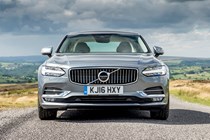
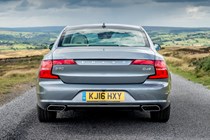
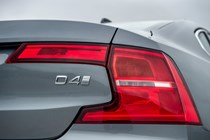
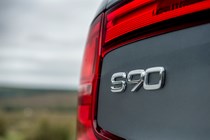
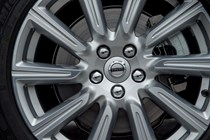

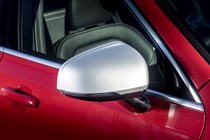
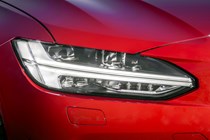
.jpg)
.jpg)
.jpg)
.jpg)
.jpg)
.jpg)
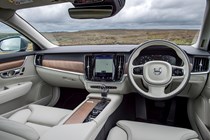
.jpg)
.jpg)
.jpg)
.jpg)
.jpg)
.jpg)
.jpg)
.jpg)
.jpg)
.jpg)
.jpg)
.jpg)
.jpg)
.jpg)
.jpg)
.jpg)
.jpg)
.jpg)
.jpg)
.jpg)
.jpg)
.jpg)
.jpg)
.jpg)
.jpg)
.jpg)
.jpg)
.jpg)
.jpg)
.jpg)
.jpg)
.jpg)



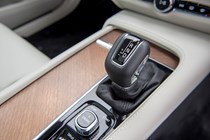
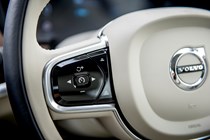
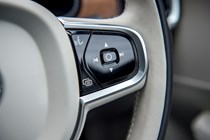
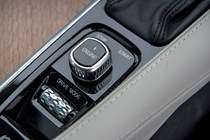
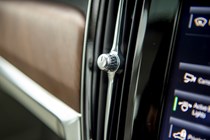
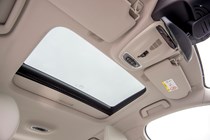
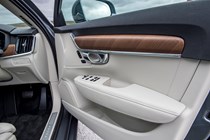
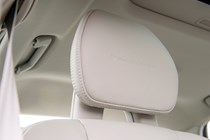
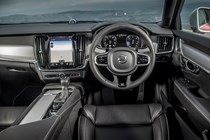

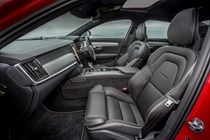
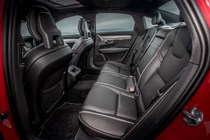
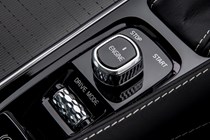
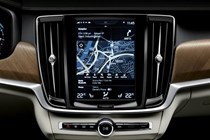
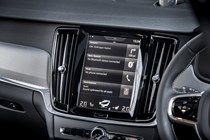
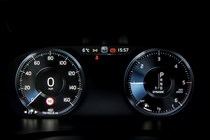


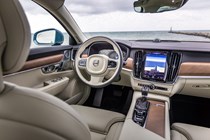
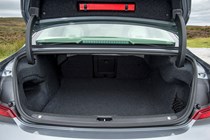
.jpg)
.jpg)
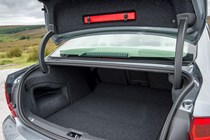
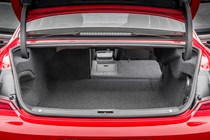
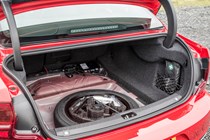
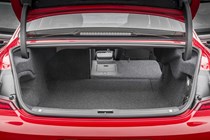
.jpg)
.jpg)
.jpg)
.jpg)
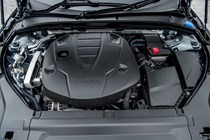
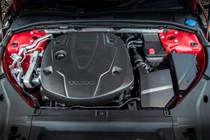

.jpg?quality=50)
.jpg?quality=50)
.jpg?quality=50)
.jpg?quality=50)
.jpg?quality=50)
.jpg?quality=50)
.jpg?quality=50)
.jpg?quality=50)
.jpg?quality=50)
.jpg?quality=50)
.jpg?quality=50)
.jpg?quality=50)




















.jpg?quality=50)
.jpg?quality=50)
.jpg?quality=50)
.jpg?quality=50)
.jpg?quality=50)
.jpg?quality=50)
.jpg?quality=50)
.jpg?quality=50)
.jpg?quality=50)
.jpg?quality=50)
.jpg?quality=50)
.jpg?quality=50)
.jpg?quality=50)
.jpg?quality=50)
.jpg?quality=50)








.jpg?quality=50)
.jpg?quality=50)
.jpg?quality=50)
.jpg?quality=50)
.jpg?quality=50)
.jpg?quality=50)

.jpg?quality=50)
.jpg?quality=50)
.jpg?quality=50)
.jpg?quality=50)
.jpg?quality=50)
.jpg?quality=50)
.jpg?quality=50)
.jpg?quality=50)
.jpg?quality=50)
.jpg?quality=50)
.jpg?quality=50)
.jpg?quality=50)
.jpg?quality=50)
.jpg?quality=50)
.jpg?quality=50)
.jpg?quality=50)
.jpg?quality=50)
.jpg?quality=50)
.jpg?quality=50)
.jpg?quality=50)
.jpg?quality=50)
.jpg?quality=50)
.jpg?quality=50)
.jpg?quality=50)
.jpg?quality=50)
.jpg?quality=50)
.jpg?quality=50)
.jpg?quality=50)
.jpg?quality=50)
.jpg?quality=50)
.jpg?quality=50)
.jpg?quality=50)























.jpg?quality=50)
.jpg?quality=50)




.jpg?quality=50)
.jpg?quality=50)
.jpg?quality=50)
.jpg?quality=50)

